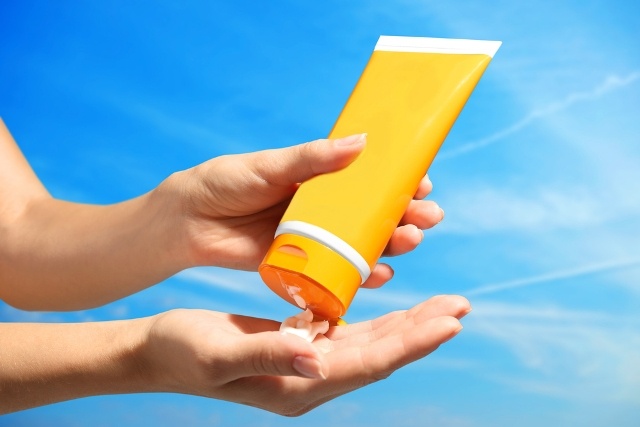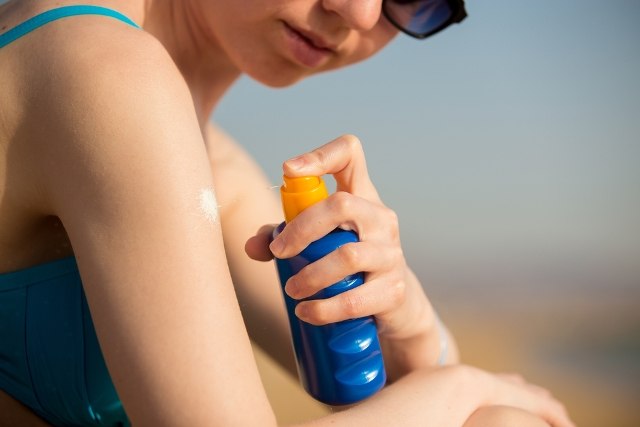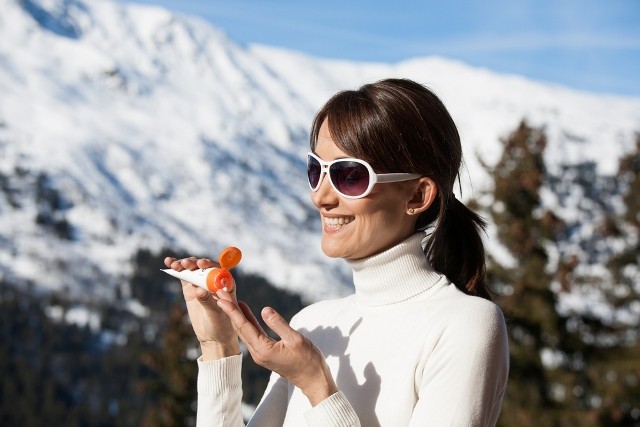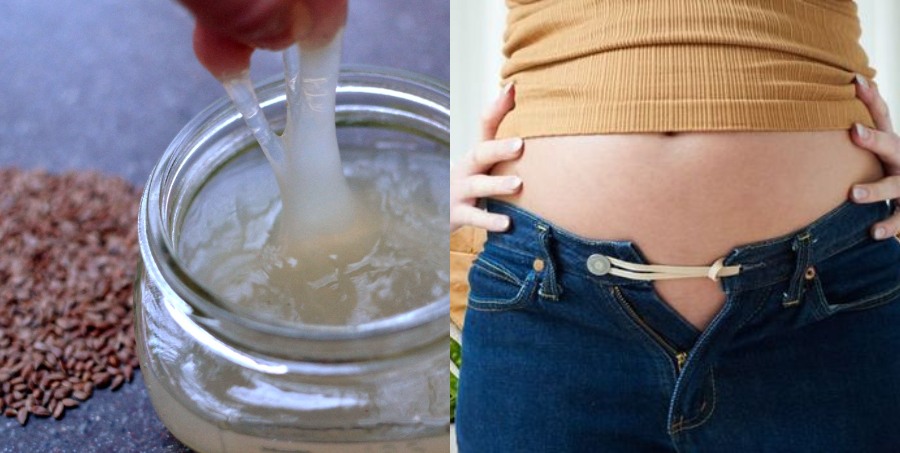Hi everyone,

Today’s post is about the five most common myths that surround the use of sunscreen. As most of us already know, sunscreen is an absolute skincare essential all round the year. Whether it is a hot and sunny summer day or a cold and cloudy winter day, your skin needs the protection that is only offered by sunscreen all year round.


Correct and adequate use of sunscreen not only protects your skin from cell damage, hyperpigmentation, wrinkles and premature ageing, but it also plays a key role in preventing skin cancer. The myths that I’m going to throw light upon in this post are very prevalent, and they actually prevent most of us from using sunscreen properly or as frequently as we should be using it.
Let’s take a look at what these common sunscreen myths are.
1. The higher the SPF, the more effective the sunscreen:
It’s very common to look at a sunscreen label that claims to have SPF 50 or SPF 70 and feel satisfied that we’re getting adequate protection from the sun. A lot of products make such claims, as it is a part of their marketing strategy. However, SPF is only aspect of the sunscreen that you should look at. Most importantly, the sunscreen should offer you broad-spectrum UV protection, which means that it should protect you from both UVA and UVB rays.

2. Makeup products that contain SPF offer sufficient sun protection:
We often make the mistake of using a foundation, BB cream or CC cream that contains a specified amount of SPF and skipping the sunscreen as part of our daily skincare routine. This is something to be wary of, as the SPF in makeup items is not enough to protect your skin against sun damage. Using a sunscreen underneath the makeup is a must to stay adequately protected against the rays of the sun.
3. A lotion sunscreen works better than a spray sunscreen:
Nowadays, spray sunscreens are commonly available in the market. For all-over application of sunscreen, most of us find spray sunscreens to be a lot more effective and easier to use. Don’t pay any heed to the myth that a lotion sunscreen is more effective than a spray sunscreen. The only difference is in the consistency, which does not affect the sun protection offered by the product. Take your pick based on what is convenient for you.

4. You don’t need to apply sunscreen all over your body:
Many of us tend to believe that once we’ve applied sunscreen to our facial skin, it’s quite alright to leave other exposed parts of our body unprotected. However, this can be very damaging in the long run as any part of your exposed skin can be prone to sun damage and even skin cancer. Make sure that you apply sunscreen to all exposed parts of your body, including your hands, feet, neck, etc.
5. If your sunscreen is water-resistant, then you don’t need to reapply it:
A lot of sunscreens claim to be water-resistant or sweat proof, leading us to believe that they will last on the skin all day long. However, this is a false claim. You need to apply your sunscreen every 90 minutes to two hours to remain protected against the rays of the sun. Make sure that you carry a handbag-sized tube or spray of sunscreen with you at all times.

It’s useful to remember that sunscreen is as essential to your skincare routine as a cleanser or a moisturizer. So, it’s time to stop believing these myths and using sunscreen correctly and regularly.
Best Sunscreens for Dry and Sensitive Skin
Moisturizer Before Sunscreen – Should We or Should We Not
Clinique SPF 30 Mineral Sunscreen Fluid for Face
14 Makeup-Application Myths Busted
15 Skin Care Myths That Have To Be Busted
8 Beauty Myths You Need to Stop Believing!
6 Fashion Myths You Should Stop Believing Right Now









i dn’t undrstnd how this reapplying sunscreen thing works becoz if u have applied makeup over ur sunscreen then reapplying sunscreen means reapplying ur makeup every 2 hrs……